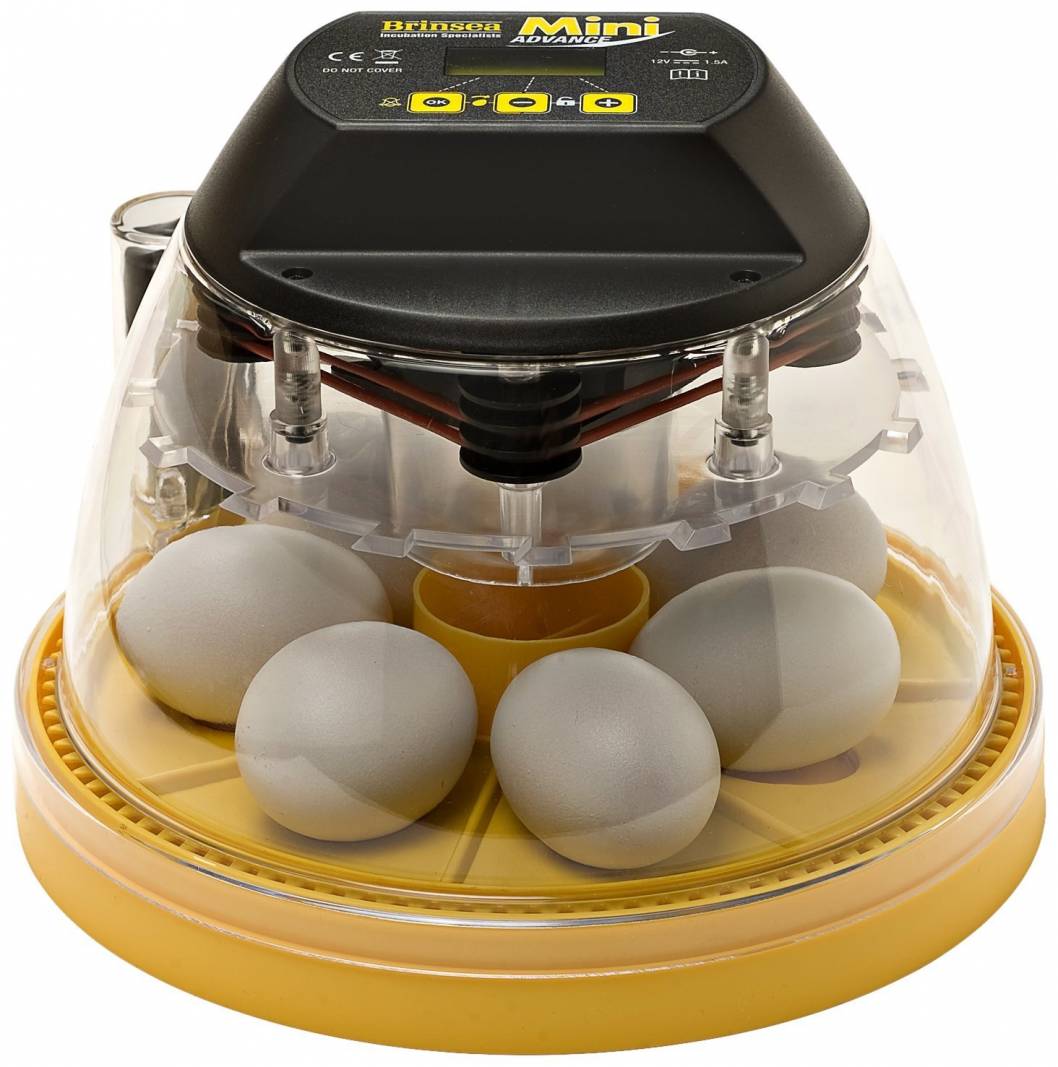
In some species, such as the whooping crane, the male and the female take turns incubating the egg. Possibly the most common pattern is that the female does all the incubation, as in the Atlantic canary and the Indian robin, or most of it, as is typical of falcons. In the species that incubate, the work is divided differently between the sexes. As incubation proceeds, an egg will normally become lighter, and the air space within the egg will normally become larger, owing to evaporation from the egg.Įxperiments with great tits show that females compensate for the potential effects of differential heating by moving the eggs homogeneously within the clutch. The humidity is also critical, because if the air is too dry the egg will lose too much water to the atmosphere, which can make hatching difficult or impossible. The Namaqua sandgrouse of the deserts of southern Africa, needing to keep its eggs cool during the heat of the day, stands over them drooping its wings to shade them. Several groups, notably the megapodes, instead use heat generated from rotting vegetable material, effectively creating a giant compost heap while crab plovers make partial use of heat from the sun.
#EGG INCUBATOR PATCH#
In warm-blooded species such as bird species generally, body heat from the brooding patch of the brooding parent provides the constant temperature.

Avian incubation Ī wide range of incubation habits is displayed among birds. The action or behavioral tendency to sit on a clutch of eggs is also called broodiness, and most egg-laying breeds of poultry have had this behavior selectively bred out of them to increase production. Especially in poultry, the act of sitting on eggs to incubate them is called brooding. In birds in contrast, the sex of offspring is genetically determined, but in many species a constant and particular temperature is necessary for successful incubation.

In many species of reptile for example, no fixed temperature is necessary, but the actual temperature determines the sex ratio of the offspring. Multiple and various factors are vital to the incubation of various species of animal.

Egg incubation is done under favorable environmental conditions, possibly by brooding and hatching the egg. Egg incubation is the process by which an egg, of oviparous (egg-laying) animals, develops an embryo within the egg, after the egg's formation and ovipositional release.


 0 kommentar(er)
0 kommentar(er)
